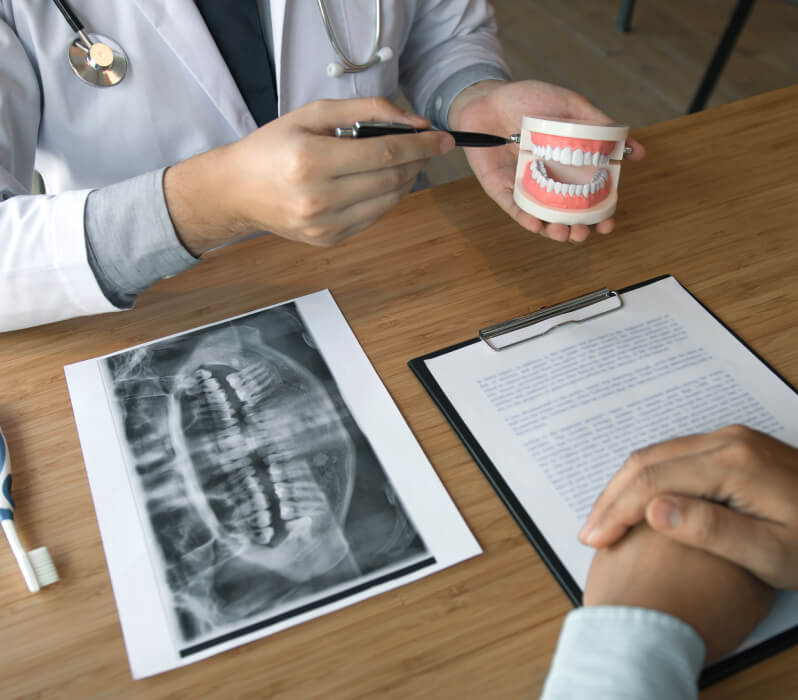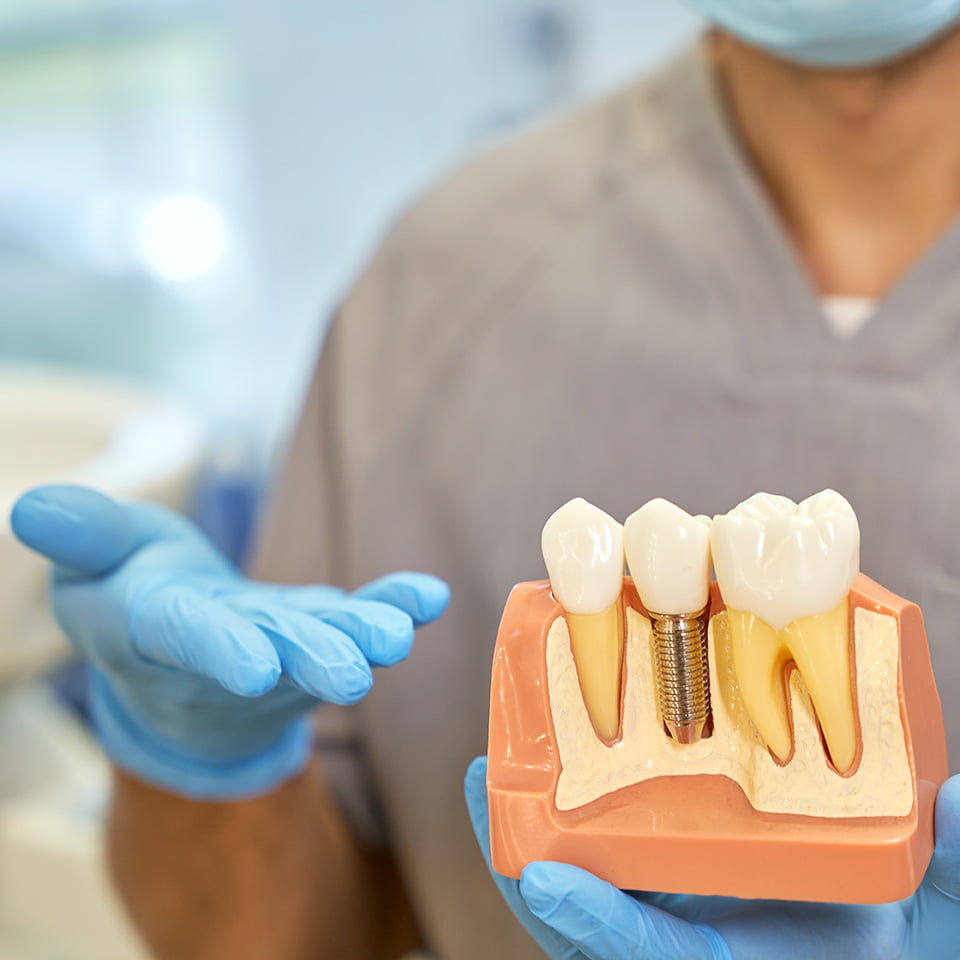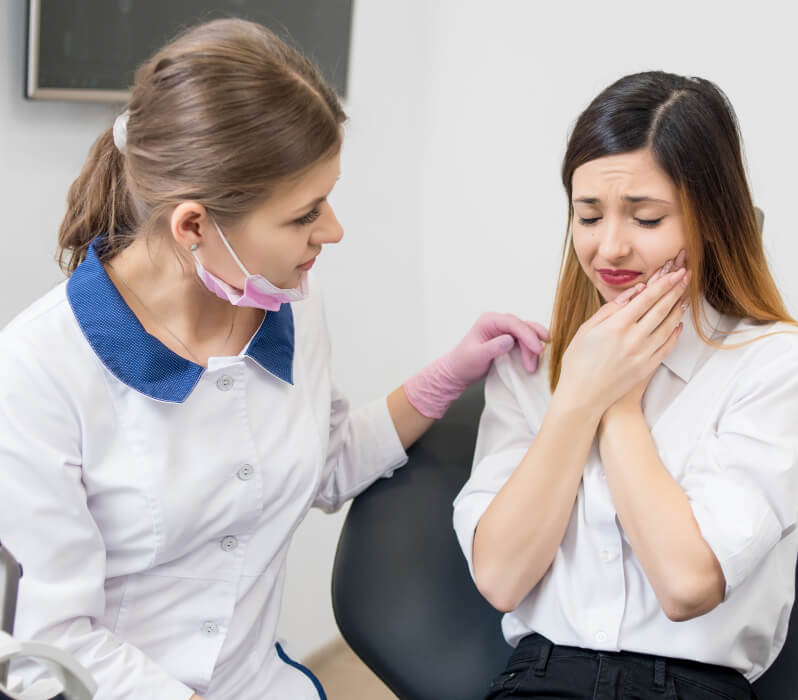
How to Care for Your Dental Implants
Dental implants have revolutionized the world of dentistry, offering a long-term solution for missing or

Topic – Tooth Extractions
Below you will find an easy to read transcript of Dr. Igor Kaplansky’s monthly podcast interview. You can click the video to listen to the podcast or simply read the easy to follow transcript below. Enjoy!
Podcast Interview:
RC: Hello, everyone. This is Liz Harvey coming to you from our studios in New York City where we are dedicated to bringing you top quality advice from many of the leading expert professionals across the US.
In today’s episode, we are speaking with Dr. Igor Kaplansky. Dr. Kaplansky is the founder of Dentistry by Dr. Kaplansky in Gasport, NY. He grew up in Russia and after receiving his dental degree, he was accepted into the International Dentist Program at the University at Buffalo, School of Dental Medicine. He graduated Cum Laude in 1998 with a Doctor of Dental Surgery degree and continued as a resident in the Advanced General Dentistry Program at Buffalo.
Since 1999, Dr. Kaplansky has been practicing family dentistry with a special interest in orthodontics and dental implants. He has been recognized with prestigious fellowship awards from the Academy of General Dentistry and the International Congress of Oral Implantologists. Dr. Kaplansky is widely considered to be one of the top dentists in the country. He is also a contributing member of our national network of industry professionals. Today we’re going to talk about a very important topic:
Tooth Extractions
Hello, Dr. Kaplansky. How are you today?
Dr. Igor Kaplansky: Hi Liz, I’m doing very well. How are you?
RC: I’m doing great. Thanks for joining me.
Why does gum disease or periodontal disease lead to tooth extraction?
Dr. Igor Kaplansky: Gum disease erodes the foundation of the teeth. Teeth are anchored in your jaw by this apparatus called periodontal ligament and periodontal disease destroys this whole gum ligament bone complex. It literally dissolves the bone away and as teeth lose bone around themselves they obviously become loose and unfortunately eventually sometimes have to be extracted. That’s why the treatment of periodontal disease is so important to prevent extractions.
If someone has a broken tooth, due to an injury, why would they need it extracted versus repaired?
Dr. Igor Kaplansky: We love to save teeth and we do all we can to repair broken or injured teeth, but unfortunately sometimes injuries are incompatible with the life of the tooth and teeth have to be removed. There are ways to replace broken, or injured, or missing teeth.
At what age can you usually determine if wisdom teeth will need to be removed?
Dr. Igor Kaplansky: That’s a great question. Wisdom teeth don’t always require extraction. There are plenty of people that have fully erupted functional wisdom teeth that we do no advocate removing and then there are patients that have wisdom teeth that are impacted or they’re erupting at an angle where they’re causing pain, discomfort, or swelling, infections. In that case, we suggest extractions of wisdom teeth. The best age to extract wisdom teeth is usually somewhere in the teens, late teens or early adulthood. The reason for that is, the roots are not fully formed yet. They’re easier to extract. They’re easier for the patient to go through the procedure and the healing usually is better versus extracting it at the later time.
Do patients have to wait until all their adult teeth have come in to determine if teeth need to be removed due to overcrowding?
Dr. Igor Kaplansky: Teeth are extracted to help or aid in orthodontic treatment routinely. It’s not anything new in dentistry but not everybody needs it. A lot of times, we can align and fit all the teeth in the arch without extracting teeth. Again, this is determined upon their initial consultation when patient presents for a consultation for orthodontic treatment. We review all the records. We review the x-rays and then determine if teeth would have to be removed to make other teeth straight or not.
What is involved in the actual extraction procedure and what is it like for the patient?
Dr. Igor Kaplansky: The process is usually very simple. The patient gets anesthetized so they don’t have to feel anything. After they’re completely numb, we then gently wiggle the tooth out. Either separate the tooth with different instruments or we can sometimes section the tooth and take it out in parts if the tooth is impacted. Afterwards, after the extraction, we give all the instructions. We usually prescribe anti-inflammatory or pain medicine. Sometimes antibiotics to keep patients comfortable afterwards. As long as they follow post-op instructions, the healing is usually uneventful and in a day or two they’re back in business.
RC: Thank you so much, Dr. Kaplansky. We know you’re extremely busy, so I just want to thank you for all of your time and help today.
Dr. Igor Kaplansky: Absolutely, it’s always a pleasure.
RC: For our listeners across the country, if you are interested in speaking with Dr. Igor Kaplansky you can either go online to www.drkaplansky.com or call 716-772-7500 to schedule an appointment.
On behalf of our entire team we want to thank you for listening and we look forward to bringing you more top quality content from our Countries leading industry professionals.

Dental implants have revolutionized the world of dentistry, offering a long-term solution for missing or

The Undeniable Necessity of Replacing Missing Teeth Beyond Cosmetic Concerns The issue of missing teeth

Tootaches can be a minor irritation, or they can be an indication of something much
At Dentistry by Dr. Kaplansky, we believe that everyone deserves quality dental care, regardless of their situation. Our experienced team specializes in a variety of services such as dentures, crowns, bridges, implants, and anything else needed to ensure your smile is healthy and beautiful! Our patients are the most important thing to us. That’s why we offer the best service in Gasport, Lockport, Buffalo, and the rest of New York!
With us, you can feel at ease knowing that not only will we meet all your expectations, but we will also provide specialized care tailored to fit each individual’s needs. Additionally, our knowledgeable staff makes sure that all treatments are performed with the utmost safety and precision in order to minimize any discomfort or risks during treatment.
Call or visit our website today to book an appointment with Dentistry by Dr. Kaplansky and get the dental health you deserve!
2023 All Rights Reserved | Dentistry by Dr. Kaplansky, PLLC | Powered by Starfish Ad Age